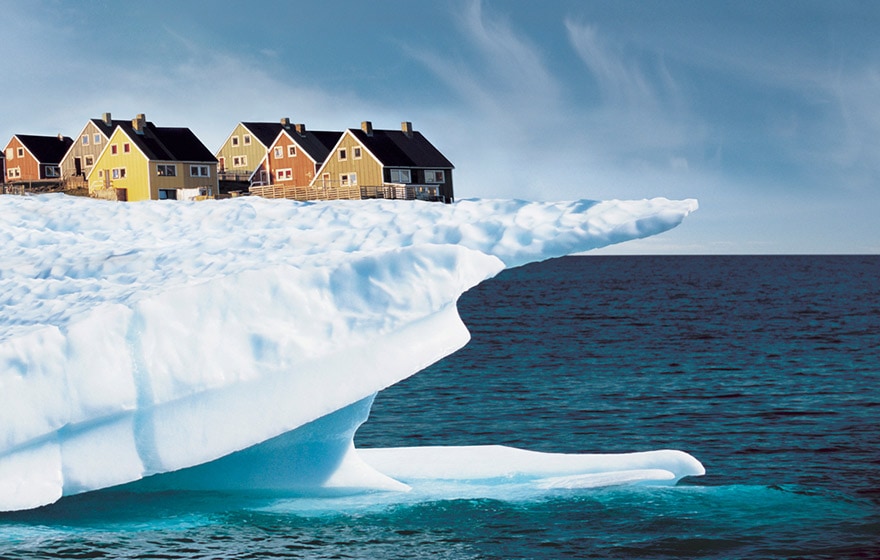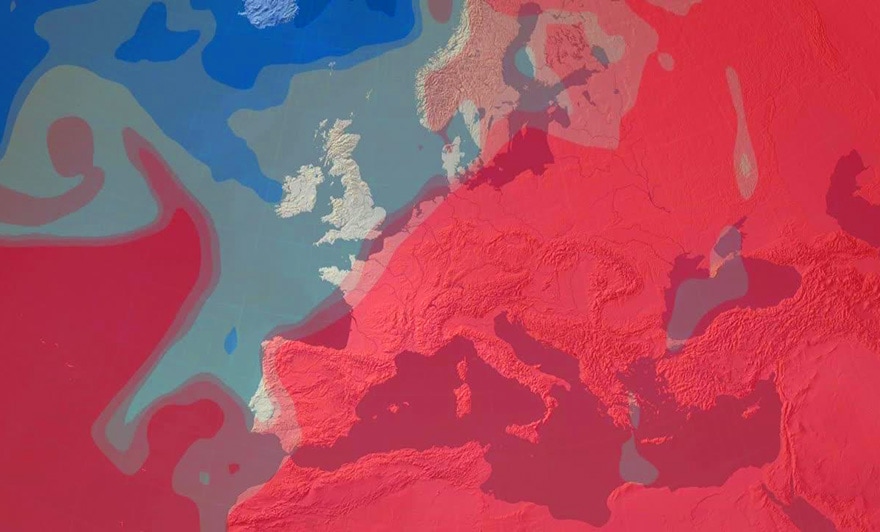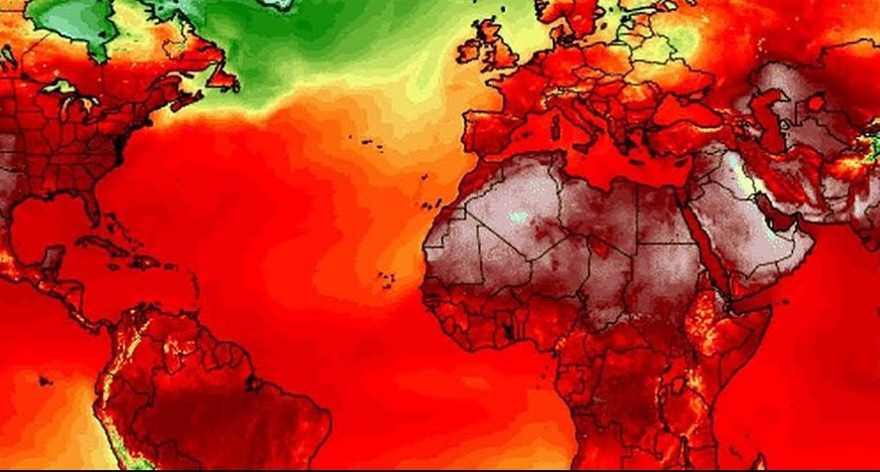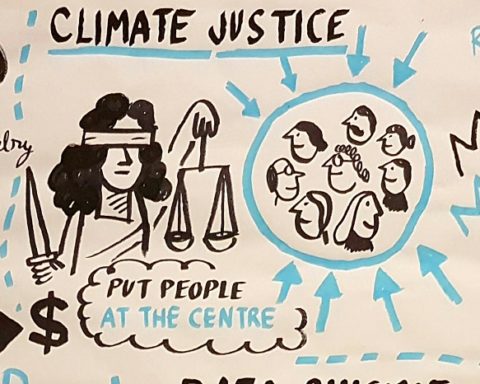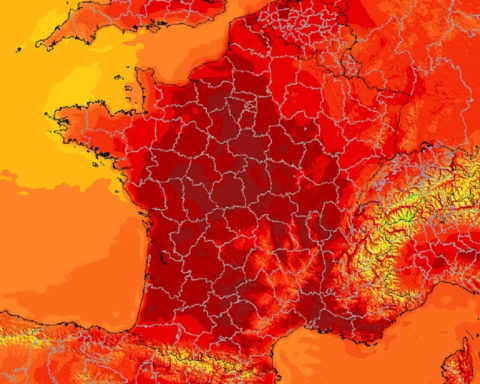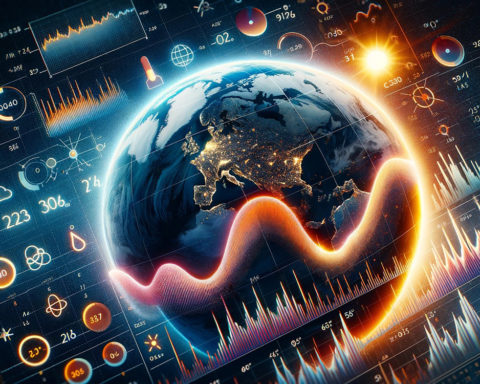Deep Global Change
Ecosystem Migration
READ UP : Plants are also migrating, driven by the acceleration of climate change.
READ UP : Scientists warn: accelerated melting of Antarctic ice confirms worst-case scenario
Underestimated

Anything to add? Say it as a comment.

